Greater Lumbini Master Plan: A Herculean Task Ahead
Posted by Ram Kumar Shrestha on November 6, 2012
DR. JIBA RAJ POKHAREL
Lumbini is again in the news, after remaining in the sidelines for a long time, following the formation of a high level committee chaired by the former prime minister Pushpa Kamal Dahal. And, why shouldn’t it be when it is the birthplace of Buddha? Buddha’s notion that there is suffering in the world with desire as its cause has touched the heart and mind of innumerable people around the globe. It is unfortunate that Lumbini should face developmental constraints due to shortage of funds.
This is, however, not the first time that Lumbini has been virtually raised from the ashes in its three thousand year history. It came into prominence in 563 BC when Buddha was born. Lumbini was in the limelight during the visit of Emperor Ashoka, who erected the Lumbini pillar bearing an inscription of the birth of Buddha in 249 BC. Lumbini appears to have started to fall into oblivion as none of the visiting Chinese travelers Mr Yuch Chih in the fourth century, Mr. Fa Hsien in the fifth century and Mr. Yuan Chwang in the seventh make a mention of the all important Lumbini pillar inscription, implying that it was buried in the earth, and nobody bothered to maintain it which reflects serious neglect. It is reiterated by the observation of the horse capital of Lumbini pillar lying on the ground by Mr. Wang Hiuen Tse remaining unattended again in the seventh century. Lumbini was still well known as a Buddist religious site till the visit of Ripu Malla in the year 1312, which is evident from the inclusion of a popular Buddhist verse om mani padmeham in his inscription. But, after that the popularity of Lumbini seems to have taken a nose dive, as Khadga Shamsher had to clear several feet of earth around the Lumbini pillar, when he visited it in the year 1896 along with Mr. Fuhrer. It was given a new lease of life by Kaisher Shamsher in 1928, when he did some construction work. The visit of U Thant, the United Nations General Secretary in the 1950s, was instrumental for the present revival of Lumbini. He mobilized the international community leading to the formation of an International Committee for the development of Lumbini under the umbrella of the United Nations. This international move triggered the inception of Lumbini Development Committee in an effort to coordinate works at the national level.
A General Conference of the World Fellowship of Buddhists held in the year 1978 in Japan decided that the birthplace of Buddha in Lumbini be developed systematically with the preparation of the master plan. Kenzo Tange, a renowned architect of Japan, was engaged for the preparation of the Master Plan. The master plan was then prepared taking an area of 25 square miles. It consists of three elements the Sacred Garden, the Monastic Zone and the Lumbini village. The sacred garden has been furnished with a water pool and this water has been extended to the monastic zone and the Lumbini village through canals. It has created a peaceful serene environment. “The overall intent” in the preparation of the master plan according to Tange was to “reinforce the symbolic unity of the Lumbini Garden in its simplicity and clarity”.
Though Lumbini has been attended to a great extent, much still remains to be done in Lumbini itself. It needs huge investments. The estimate for the remaining works made in the year 2003 was collosal. The other Buddhist sites such as Kapilbastu, Buddha’s hometown, Devdaha, Buddha’s maternal place, Niglihawa, the birthplace of Kanakmuni Buddha, Gottihawa, the birthplace of Kakrachunda Buddha, Kudan, meeting place of Buddha and his father King Suddhodhan after Buddha’s enlightment, Ramgram, the place of the burial of Buddha’s remains, Arourakot, natal town of Kanakmuni, Sagrahawa, place of the murder of Shakyas, and Sishania, have also to be addressed as they are equally important. Thus, there is an need of Greater Lumbini Plan.
Dahal has a tall hill to climb, as the Greater Lumbini Project will be almost ten times costly than Lumbini alone. It is a Herculean task indeed. The need of revisiting the present rather ambitious Lumbini plan without diluting its sanctity and concepts has already been expressed in different quarters. Moreover, the local community should be taken into confidence, injecting in them a feeling of ownership in any project. The dissatisfaction of the community in Lumbini and Kirtipur, the latter with respect to the establishment of Tribhuvan University even after fifty years of its inception, reflects this reality. Lumbini has the potential to change the face of Nepal, from poverty stricken to a prosperous one. But, it is very expensive and it needs foreign investment as the national investment will be far from adequate. But, Dahal heads a party which is threatening to split because of the signing of BIPPA with India by the prime minister from the Maoist party itself for his effort to obtain foreign investment. If any, the ideological rhetoric of Dahal’s own party may act as a deterrent in his stride towards this noble work.
Dr. Pokharel has extensively worked in Lumbini, including designing the present Maya Devi Temple
@The Himalayan Times


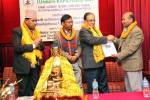



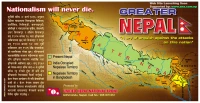




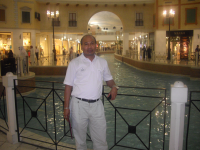
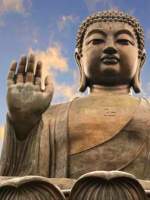


















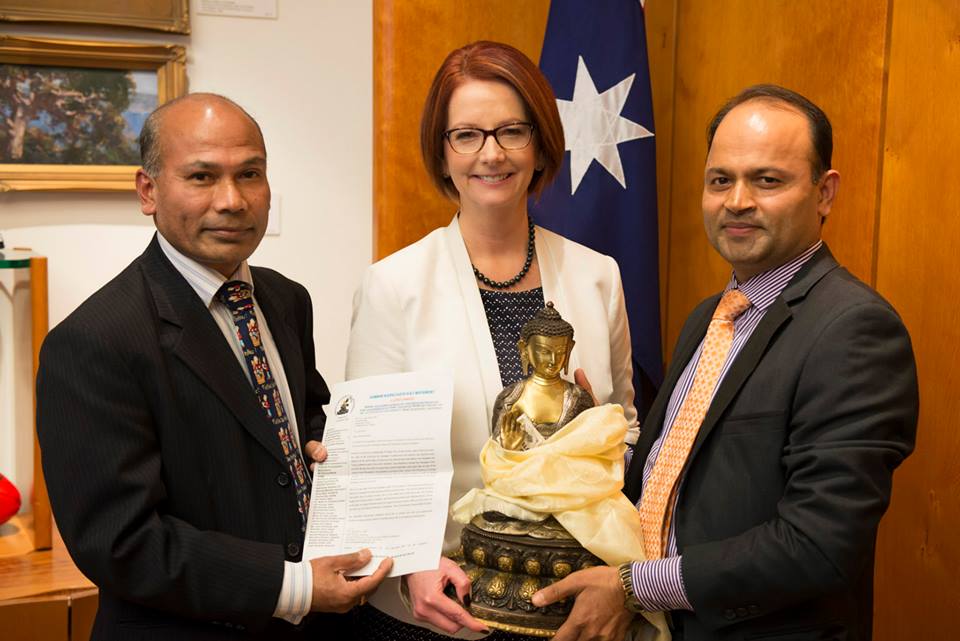


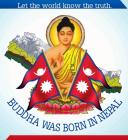
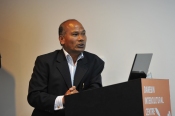
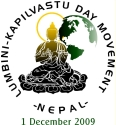











Leave a comment